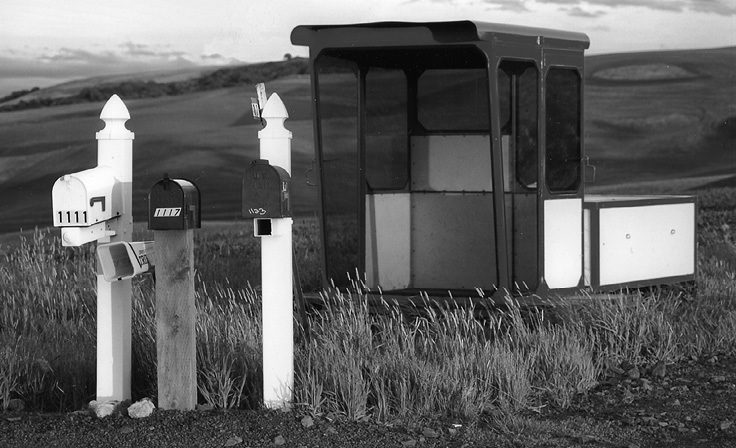No-Till Farmer
Get full access NOW to the most comprehensive, powerful and easy-to-use online resource for no-tillage practices. Just one good idea will pay for your subscription hundreds of times over.

Sometimes editors come away from meetings with an assortment of what seem like odds and ends that can’t be turned into a major story. Yet many still seem like good ideas.
That’s the case with this collection of items that might be worth considering for your no-tilling operation.
1. The additional earthworms that result from no-tilling or zone-tilling return as much as an added $35 an acre in increased income.
—Ray Rawson, Farwell, Mich.
2. With 6,700 acres that include 90 percent highly erodible ground, total no-till helps turn out yields that average 120 to 150 bushels per acre of corn and over 50 bushels of soybeans.
—Mike Ellis, Eminence, Ky.
3. Carbon sequestration payments offer landowners an added incentive to no-till.
—Ron Burke, Illinois Environmental Protection Agency, Springfield, Ill.
4. Cover crops will be a tough sell to no-tillers with heavy soils.
—Ken Ferrie, Heyworth, Ill.
5. Nitrous oxide that escapes from the soil is a much more potent greenhouse gas and global warming problem than carbon dioxide.
—Carl Bernacchi, Illinois State Water Survey, Springfield, Ill.
6. With poorer quality soils, there’s little difference between no-tilling soybeans in 30-inch vs. 7 1/2-inch drilled rows.
—Jim Kinsella, Lexington, Ill.
7. Soybeans no-tilled in 7 1/2-inch-wide rows normally have roots that grow deeper than beans in 15- or 30-inch rows.
—Harold Reetz, Foundation for
Agronomic Research, Monticello, Ill.
8. No-tillers have to manage continuous corn much more effectively than farmers using other tillage systems.
—Tony Vyn, Purdue University agronomist, West Lafayette…